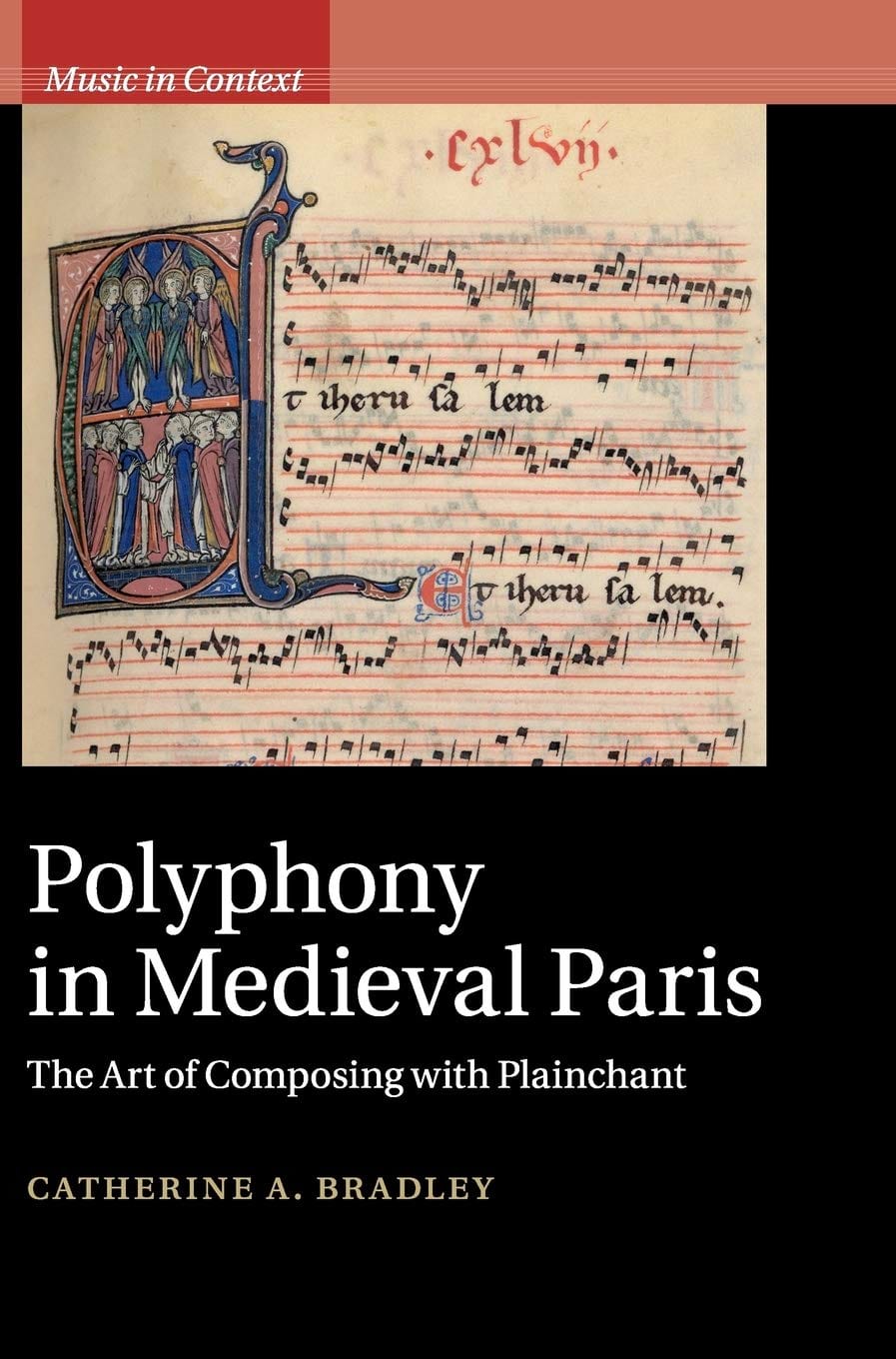 | Polyphony in Medieval Paris
Catherine BRADLEY
The Art of Composing with Plainchant
Livre - ReliéCambridge University Press
 9781108418584 9781108418584
| | 92.00 € | Habituellement expédié sous
2-3 jours | • 30 jours pour changer d'avis ! | • Avis clients | |   |
|
Polyphony associated with the Parisian cathedral of Notre Dame marks a historical turning point in medieval music. Yet a lack of analytical or theoretical systems has discouraged close study of twelfth- and thirteenth-century musical objects, despite the fact that such creations represent the beginnings of musical composition as we know it. Is musical analysis possible for such medieval repertoires? Catherine A. Bradley demonstrates that it is, presenting new methodologies to illuminate processes of musical and poetic creation, from monophonic plainchant and vernacular French songs, to polyphonic organa, clausulae, and motets in both Latin and French. This book engages with questions of text-music relationships, liturgy, and the development of notational technologies, exploring concepts of authorship and originality as well as practices of quotation and musical reworking.
|
  | | | 100% Musique, 100% Cadeau !   
| |



